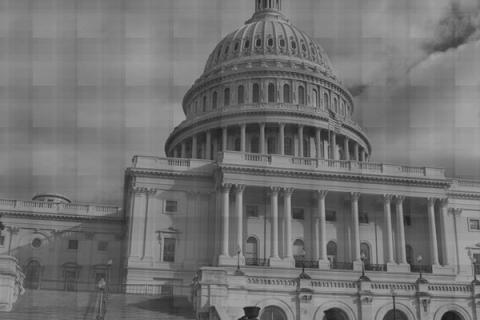The California Citizens Redistricting Committee was created by Proposition 11 in 2008 and is charged with creating equitable district boundaries for Congressional, State Senate, State Assembly, and State Board of Equalization Districts every ten years. The committee recently released its final maps, and politicos across the state are scrambling to understand what the ramifications of these new districts will be.
Formerly safe districts for one party may no longer safe. In other new districts, incumbents from the same party (and who indeed may be allies) will be now run against each other. It's safe to say the new districts are causing more than a bit of chaos. Lawsuits have been threatened
The 14 members of the commission come from the public at large and include five Democrats, five Republicans, and four Decline to States. Any Californian could apply to be on the committee. Applications were reviewed by independent auditors and winnowed down to a list of 60 which was sent to the Legislature, who could remove up to 24. Eight names from the finalists were drawn at random and these new commissioners chose the remaining six.
The 14 members utilized the following criteria for reapportioning districts:
Districts must be of equal population, contiguous (all parts must be connected to each other), and have a fairly regular shape. In other words, gerrymandering is not allowed. Districts cannot have odd-shaped appendages designed to include a specific segment of the voting population.
Boundaries of counties, cities, neighborhoods, and "communities of interest" should be respected. Such communities are presumably ethnic, cultural, or social clusters. Minorities should have a chance to elect candidates of their choice.
Districts cannot discriminate against any party, candidate, or incumbent.
These minorities aren't neccessarily just ethnic or cultural, either. They can also be economic, especially when it comes to the eternal split between city and rural areas, farmers and ranchers vs. city dwellers. The LA Times quotes a rancher in San Benito County saying he didn't want San Jose in his district because "We're cowboys. We don't have wafer fabs."
Other areas have strong ideas about what areas they want to be part of and most especially, not part of. Residents of Simi Valley and La Habra, for example, loudly protested against the possibility of being linked with Los Angeles in districts.
In the San Fernando Valley, two long-term Congressional Democrats with adjoining districts may now be part of the same district and either run against each other or move to nearby districts with an electorate not that familiar with them. The same thing is happening with two Republican representatives in Orange County. In other areas, like Ventura County, wide open new districts have been created. This pattern is being repeated across the state.
Unless the commission has grievously erred in following its mandate, it's difficult to see how any of the almost-certain lawsuits could prevail. The old system of districting in California was a cynical creation by both major parties to create safe districts. This new system was done in the open, with ample chances for the public to comment. The results appear to be more fair. As for the chaos the new districts are causing, well, democracy can be messy. But maybe that's one of its virtues too.

